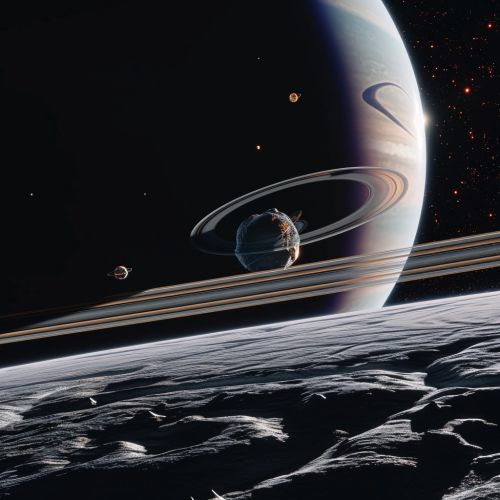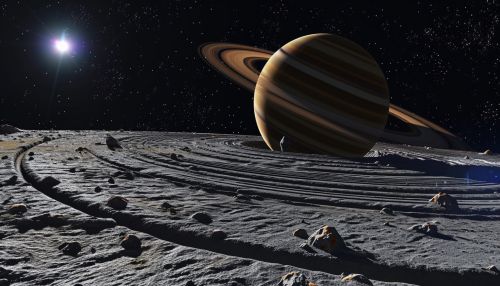Ring Instabilities
Introduction
Ring instabilities refer to the physical phenomena that occur in the structure of planetary rings. These instabilities can lead to the formation of structures such as gaps, arcs, and spirals within the rings. The study of ring instabilities is a specialized field within planetary science and astrophysics, requiring a deep understanding of fluid dynamics, gravitational physics, and celestial mechanics.


Types of Ring Instabilities
There are several types of ring instabilities, each with unique characteristics and causes. These include gravitational instabilities, viscous overstability, and self-gravity wakes.
Gravitational Instabilities
Gravitational instabilities in planetary rings are caused by the gravitational forces exerted by the planet and its moons. These forces can cause the particles within the ring to cluster together, forming dense regions that can lead to the formation of gaps and arcs within the ring. This type of instability is particularly common in the rings of Saturn and Uranus.
Viscous Overstability
Viscous overstability is a type of ring instability that occurs when the viscous forces within the ring overcome the gravitational forces holding the ring together. This can lead to the formation of spiral waves within the ring, which can then lead to the formation of larger structures such as arcs and gaps. Viscous overstability is a key factor in the structure of Saturn's B ring.
Self-Gravity Wakes
Self-gravity wakes are structures within planetary rings that form as a result of the gravitational forces exerted by the ring particles on each other. These forces can cause the particles to cluster together, forming dense, wave-like structures within the ring. Self-gravity wakes are a common feature in the rings of Saturn.
Causes of Ring Instabilities
The causes of ring instabilities are complex and multifaceted, involving a combination of gravitational forces, viscous forces, and the physical properties of the ring particles themselves.
Gravitational Forces
The gravitational forces exerted by the planet and its moons are a key factor in the formation of ring instabilities. These forces can cause the particles within the ring to move in complex ways, leading to the formation of structures such as gaps and arcs.
Viscous Forces
The viscous forces within the ring, caused by the interactions between the ring particles, can also lead to the formation of ring instabilities. These forces can cause the particles to cluster together, leading to the formation of dense regions within the ring.
Physical Properties of Ring Particles
The physical properties of the ring particles, including their size, shape, and composition, can also influence the formation of ring instabilities. For example, larger particles are more likely to cluster together, leading to the formation of dense regions within the ring.
Effects of Ring Instabilities
Ring instabilities can have a significant impact on the structure and appearance of planetary rings. They can lead to the formation of gaps, arcs, and spirals within the rings, and can also influence the distribution of particles within the ring.
Formation of Gaps and Arcs
One of the most noticeable effects of ring instabilities is the formation of gaps and arcs within the rings. These structures can be seen in the rings of several planets, including Saturn and Uranus.
Distribution of Particles
Ring instabilities can also influence the distribution of particles within the ring. For example, gravitational instabilities can cause the particles to cluster together, leading to the formation of dense regions within the ring.
Conclusion
Ring instabilities are a complex and fascinating aspect of planetary science. They play a key role in shaping the structure and appearance of planetary rings, and their study can provide valuable insights into the processes that shape our solar system.
